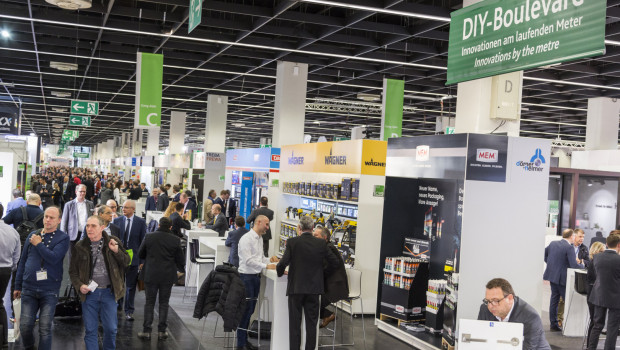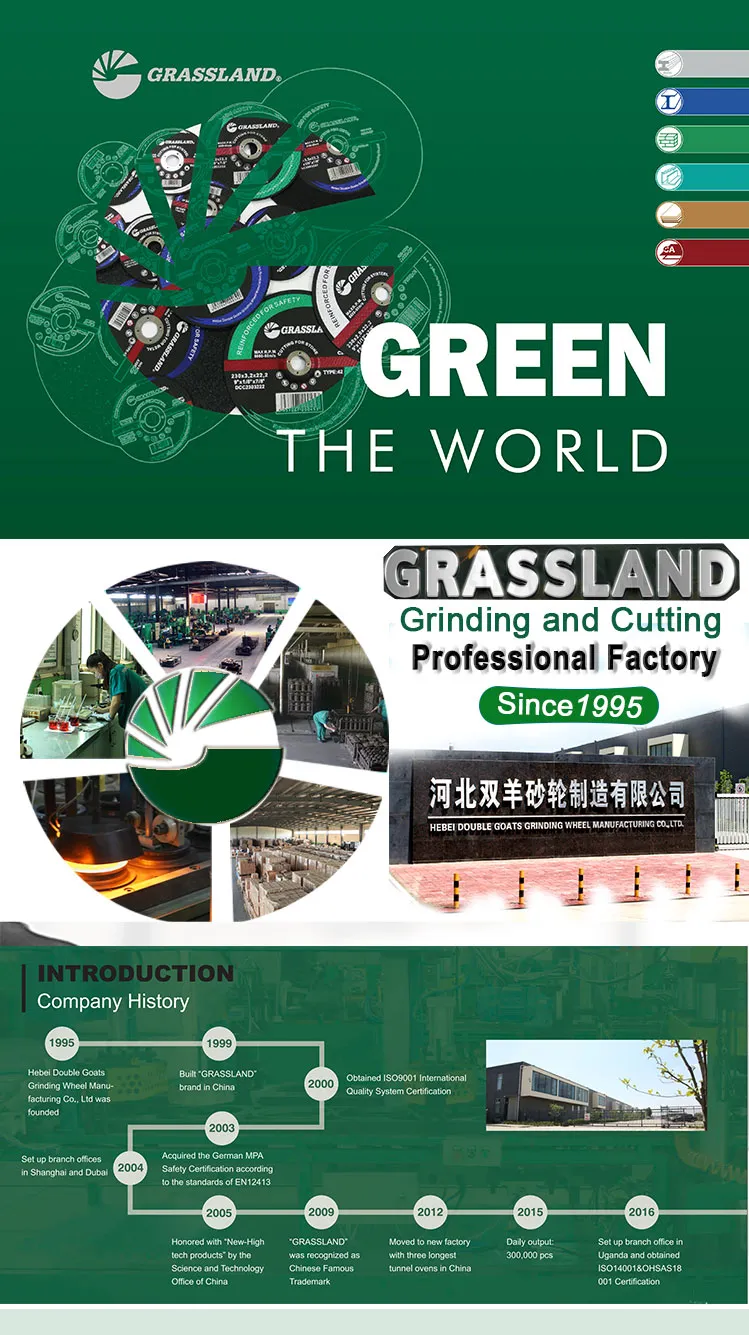

Trustworthiness in a product is built over repeated reliable performance. Through years of rigorous testing in diverse environments, these cut-off wheels have earned their standing in both commercial and non-commercial sectors. Renowned manufacturers subject their wheels to extensive product testing, ensuring they meet stringent safety and quality standards set by organizations like the American National Standards Institute (ANSI) and the Occupational Safety and Health Administration (OSHA). Such adherence guarantees that when operators perform cuts on potentially volatile materials, they can rely on their tools to function predictably without compromising safety. Real-world experience with 4.5-inch metal cut-off wheels often highlights their efficiency in cutting through varying metal thicknesses. Contractors and artisans report significant time savings, increased cutting accuracy, and satisfactory finishes when employing these wheels in their daily operations. The narrow kerf results in reduced friction during cutting, translating to less heat generation and, consequently, a longer wheel lifespan. For enhanced performance, several best practices should be implemented during use. Ensure that the wheel is properly mounted on the tool to prevent wobbling. Consistent application of just the right amount of pressure prevents premature wear and tear, while routine inspection of the wheel's condition minimizes operational risks. Moreover, the use of personal protective equipment (PPE) cannot be stressed enough—it safeguards users from potential hazards associated with flying debris and operational mishaps. In conclusion, the 4.5-inch metal cut-off wheel embodies a blend of cutting-edge technology and proven performance, marking it as a prime choice in metalworking and construction applications. Understanding the intricacies of these cut-off wheels—ranging from material composition to optimal use conditions—equips consumers with the knowledge necessary to leverage their full potential safely and effectively. Consequently, these tools do not merely represent a component in the workshop but rather an extension of precision, efficiency, and durability in metalworking tasks.
Post time:Feb - 10 - 2025

















